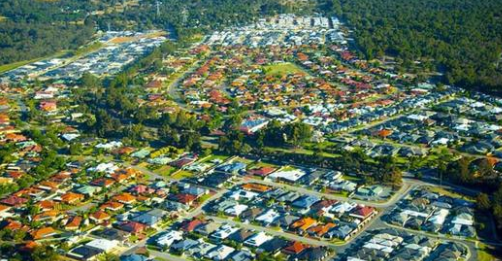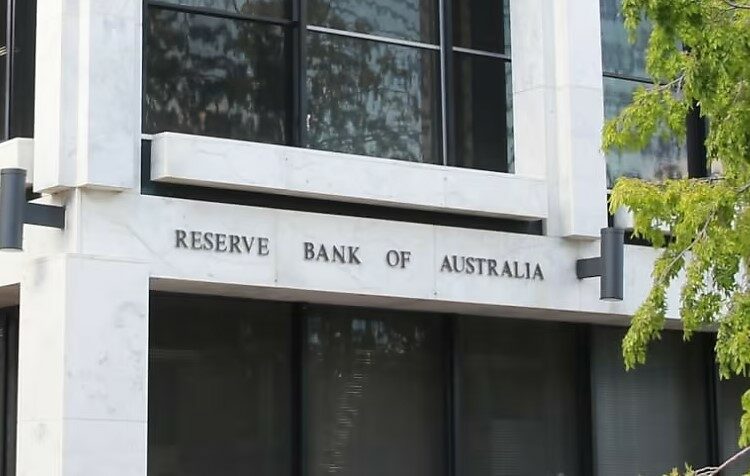The income needed to service new mortgages on the average dwelling value has increased year on year, a new report has found.
Prospective home buyers are now required to dedicate 46.2 per cent as of September 2023 (up from 40.3 per cent during the same period last year) of their income to service a new loan on the average dwelling, according to the ANZ CoreLogic Housing Affordability Report.
This has revealed an increase from the low of 29 per cent during March 2020, when the official cash rate sat at 0.1 per cent in response to the pandemic, however, despite this deterioration in mortgage serviceability, the portion of income required to service a new loan still sits slightly below the series high of 47.3 per cent recorded during March 2008.
The report further found that reduced borrowing capacity could be worsening unequal access to home ownership, as rising interest rates are possibly creating a market where low-income/wealthy households will struggle to compete for housing.
The Australian Prudential and Regulation Authority (APRA) found that the portion of new loans secured with a 20 per cent or less deposit was 35.9 per cent during the March quarter of 2022 and fell to 29.3 per cent as of June 2023 (just over a year after interest rates began to increase).
Additionally, the time to save a 20 per cent deposit rose to 10 years nationally and to 12.6 years in Sydney, which also requires a “record” 58.1 per cent of income to service a new loan.
ANZ senior economist Adelaide Timbrell said: “The time to save a 20 per cent deposit has only shifted by around two months nationally for units since the onset of COVID-19, while for houses the time to save has blown out by almost two years.
“This presents a clear shift for those hoping to enter the housing market, as units have stayed within a reasonable price range for new home buyers, while houses have become more out of reach.”
Furthermore, affordability in regional Australia has dwindled with purchase values increasing more than capital city markets since the start of the pandemic that has highlighted that these areas are no longer an affordable alternative.
CoreLogic head of research Eliza Owen said that the COVID-19 boom in regional migration and values has resulted in “very little difference in the combined regional and capital city metrics”.
“In 2024, housing affordability is likely to get worse before it gets better,” Ms Owen said.
“Dwelling supply will continue to be strained by the high interest rate environment, which has reduced approvals and potential for new housing development in 2024.
“Demand will probably be the only thing [that] can adjust in the short term, so we may see average people per household rise.”
2024 outlook
With ANZ Research’s interest rate outlook being that the recent November rate hike marked the last in this tightening cycle that is predicted to be followed by an extended pause, existing owners will be exposed to the peak cash rate throughout most of 2024.
According to ANZ, a modest decline in interest rates will help take the pressure off mortgage serviceability, however, a substantial reduction in mortgage rates would be needed to bring the portion of mortgage payments to household income “down to comfortable levels”.
Mortgage rates would need to drop 146 bps to bring serviceability down to 40 per cent of income and 410 bps to bring serviceability down to 30 per cent of income (assuming that income and median dwelling values hold firm).


